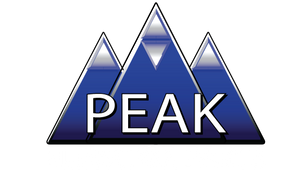Collection Categories
Hydraulic and Lubricants
387 products
Showing 1 - 24 of 387 products
Recently viewed
Overview
Hydraulic systems and lubricants are essential for the efficient operation of elevators. Hydraulic systems need high-quality, well-lubricated components for reliable performance. Proper lubrication of hydraulic elevator components helps minimize their wear and tear due to friction and extend their lifespan. At PEAK ELEVATOR PARTS, we offer hydraulic elevator parts and elevator lubricants from leading manufacturers like ARMOR, DOVER, THYSSEN, OTIS, and many more aside from our own product line. You can trust us to get the best hydraulic components for performance and reliability, elevator lubricants that assure the best part performance, and hydraulic elevator service kits for maintenance and repair.
Types of Hydraulic Elevator Components and Lubricants Offered by Us
As a hydraulic elevator parts supplier, we offer an extensive collection of hydraulic elevator components, elevator lubricants, and service kits. You can choose from:
- Jack Packing: Essential for leak prevention in hydraulic jacks.
- Jacks: These components offer the necessary lifting power for elevator operation.
- Victaulic Couplers: These components facilitate leak-proof connections in hydraulic systems.
- Oil: These elevator lubricants ensure smooth functioning of hydraulic components.
- Valves: These elevator valves control the direction and flow of fluid in hydraulic systems.
- Pumps: This equipment helps hydraulic fluid movement and creates the necessary pressure for elevator movement.
- Submersible Motors: These elevator parts drive the hydraulic pumps from below the fluid level.
- Check Valves: These hydraulic lift components ensure system efficiency and stability by preventing hydraulic fluid backflow.
FAQs
-
What are the key factors to consider when troubleshooting hydraulic component failures in elevator systems?
When troubleshooting hydraulic component failures in elevator systems, you can consider the following factors:
- Check for contaminants such as metal particles, water, and dirt in hydraulic fluid.
- Check the fluid level in elevator parts and ensure its quality.
- Measure the system pressure and see if it is in the recommended range.
- Inspect for leaks around seals, fittings, and hydraulic lines.
- Assess the performance of individual components such as elevator valves, pumps, cylinders, and motors.
- Check for loose connections in hydraulic circuits.







